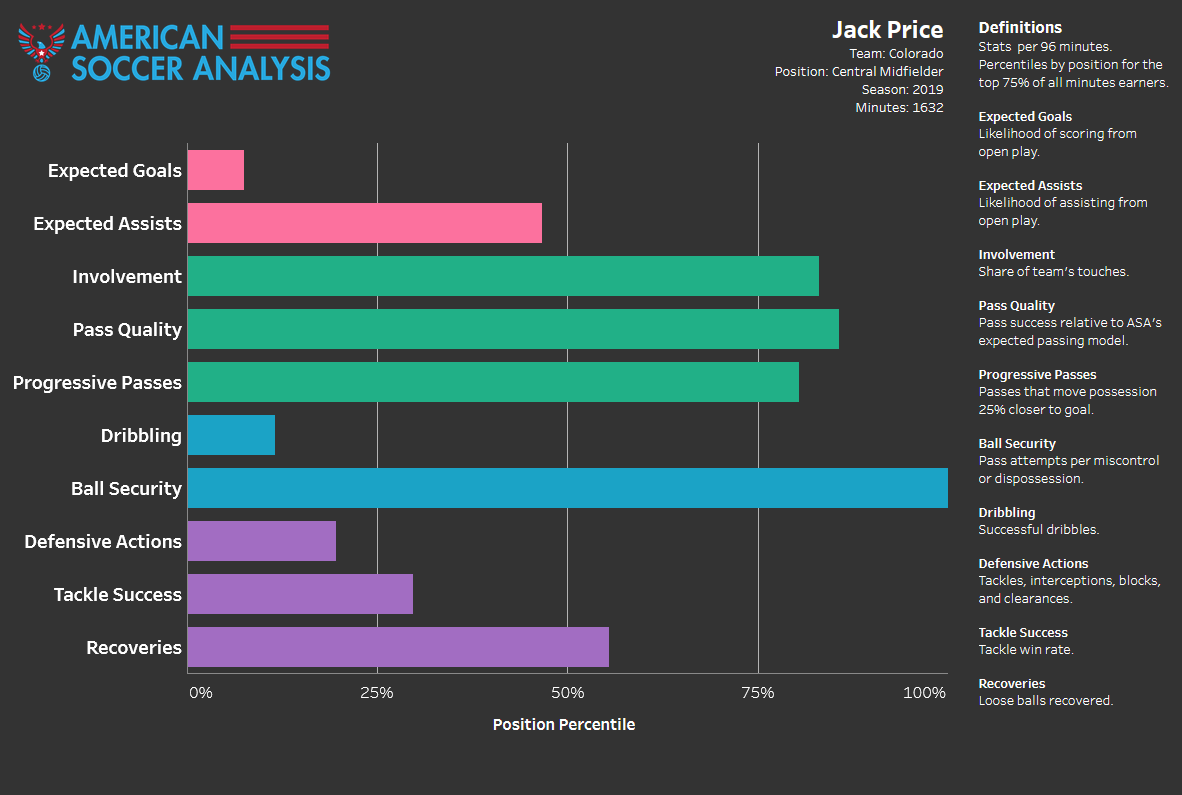Trapp Game: How Caleb Porter has changed the Crew
/The year 2019 brought a new Crew. Anthony Precourt got his wish and slithered away to Austin, while head coach and sporting director Gregg Berhalter began his rehabilitation of the US national team, leaving behind five years of solid results in Columbus. Replacing them was a new ownership group and front office led by the Haslam and Edwards families. Toronto FC’s Tim Bezbatchenko came in to lead the Crew’s soccer operations and former MLS Champion Caleb Porter took over as the head coach. With the smallest offseason turnover of a perennial playoff team, expectations were that Porter would provide a steady hand for continued success this season. However, that hasn’t happened and Columbus remains third to last in the Eastern Conference with only a game left in the season. Did the transition fail to succeed because Porter couldn’t implement his vision, or because that vision just didn’t work?
Read More










